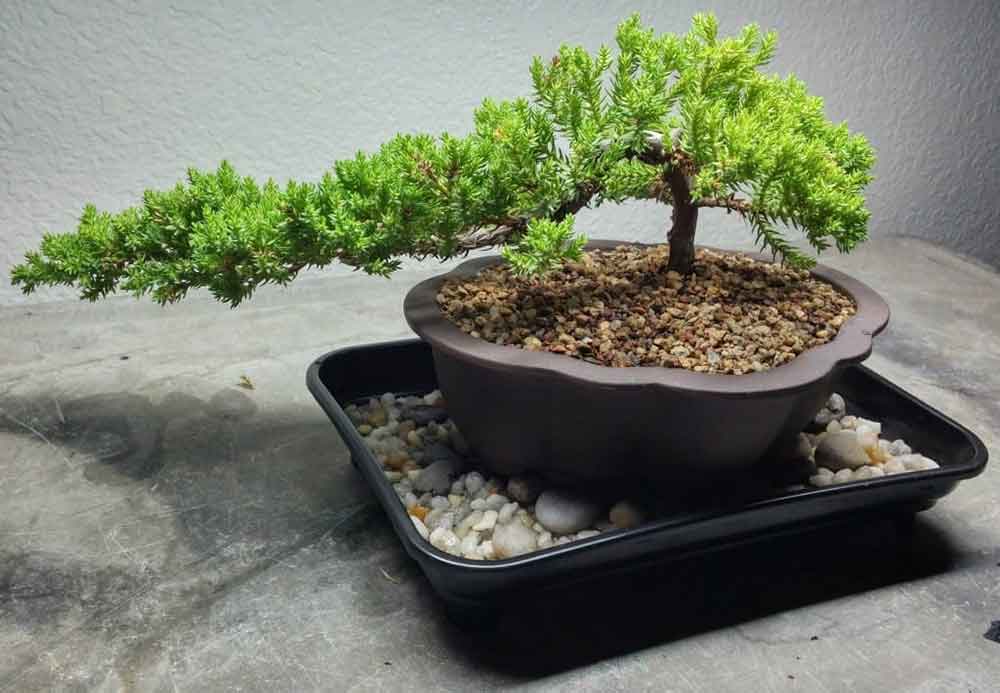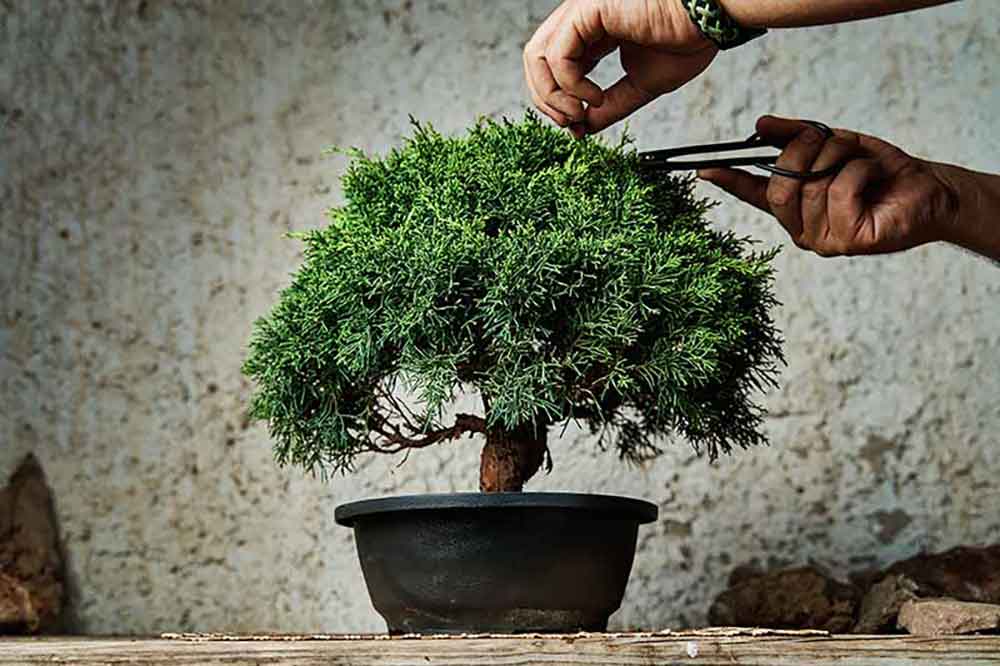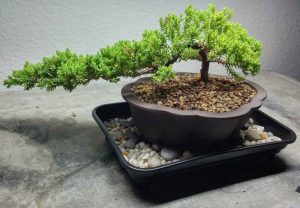Bonsai flowers are exquisite and captivating miniature trees that require proper care and attention to thrive. These delicate plants, originating from ancient Asian art forms, have gained popularity worldwide due to their beauty and the sense of tranquility they bring to any space. However, maintaining bonsai flowers can be a challenging task, requiring specific knowledge and techniques. In this article, we will explore essential points related to the maintenance of bonsai flowers, ensuring that these living masterpieces flourish and remain stunning for years to come.
1. Choosing the Right Bonsai Flower
Selecting the appropriate bonsai flower is the first step towards successful maintenance. Consider factors such as your climate, available sunlight, and the level of care required for specific species. Some popular choices for bonsai flowers include the Japanese maple, cherry blossom, and azalea. Research each variety’s specific needs and choose one that aligns with your environment and skill level.
2. Providing Adequate Light and Temperature
Light and temperature play crucial roles in the growth and development of bonsai flowers. Most species thrive in bright, indirect light, so place your bonsai near a window or in an area that receives ample sunlight. However, avoid exposing them to direct sunlight for extended periods, as it can scorch the delicate foliage.
Maintaining a suitable temperature range is also important. Bonsai flowers generally prefer a cool climate with temperatures between 50°F (10°C) and 75°F (24°C). Protect them from extreme heat or cold by providing adequate insulation or moving them indoors during extreme weather conditions.
3. Watering and Moisture Control
Proper watering is vital for the health of bonsai flowers. Water requirements vary depending on the species, pot size, and environmental conditions. Check the soil regularly and water the bonsai when the top layer feels slightly dry. Avoid overwatering, as it can lead to root rot and other fungal diseases.
Consider using a watering can or a misting spray to provide a gentle and even distribution of water. Additionally, maintaining humidity levels by misting the leaves can help replicate the natural environment and prevent drying out.
4. Pruning and Shaping Techniques
Pruning and shaping are essential maintenance practices for bonsai flowers. Regular pruning helps maintain the desired shape, encourages branching, and promotes overall health. Use sharp and clean pruning shears to trim back new growth, remove dead or damaged branches, and maintain the tree’s proportions.
When shaping your bonsai, consider the specific style you want to achieve, such as formal upright, informal upright, or cascade. Consult bonsai styling guides or seek advice from experienced bonsai enthusiasts to ensure proper shaping techniques.
5. Fertilizing and Soil Care
Bonsai flowers require adequate nutrition to thrive and maintain their vibrant appearance. Use a balanced, slow-release fertilizer specifically formulated for bonsai plants. Apply it during the growing season, following the instructions provided. Avoid excessive fertilization, as it can result in salt buildup and damage the roots.
In addition to fertilization, proper soil care is essential. Bonsai flowers require well-draining soil to prevent waterlogging and root rot. Use a quality bonsai soil mix or create your own by combining components like akadama, pumice, and lava rock.
6. Regular Repotting
Regular repotting is necessary to provide fresh soil, remove excess roots, and maintain the health of bonsai flowers. Repotting frequency depends on the age and growth rate of the tree, typically ranging from every one to three years. Spring is generally the ideal time for repotting, as it coincides with the tree’s active growth period.
During repotting, trim back some of the roots to maintain a balanced root-to-foliage ratio. Place the tree in a slightly larger pot or reshape the existing pot to accommodate new soil and root growth.
7. Protection from Pests and Diseases
Bonsai flowers are not exempt from pests and diseases that can hinder their growth. Regularly inspect your bonsai for signs of pests like aphids, spider mites, or scale insects. If infestations occur, treat them promptly using appropriate organic or chemical remedies.
Maintaining good overall tree health through proper watering, fertilization, and cleanliness can help prevent common diseases. If you notice any signs of fungal infections, such as leaf spots or wilting, consult a horticulturist or bonsai expert for guidance on suitable treatments.
By following these essential points related to the maintenance of bonsai flowers, you can ensure that your miniature trees flourish and bring joy for years to come. Remember, each species has unique requirements, so invest time in understanding the specific needs of your chosen bonsai flower. With proper care, your bonsai flowers will thrive as stunning living works of art, captivating all who admire them.
shahrekado
Shahrekado store is next to you, dear ones, to surprise your lover even from a distance. Experience sending flowers to Iran and sending flowers to Europe with us.
In conclusion, the maintenance of bonsai flowers requires careful attention and adherence to specific principles. By choosing the right bonsai flower for your environment, providing adequate light and temperature, properly watering and controlling moisture, pruning and shaping the tree, fertilizing and caring for the soil, regular repotting, and protecting the tree from pests and diseases, you can ensure the health and beauty of your bonsai flowers.
Remember that each bonsai species has its own unique needs, so it’s essential to research and understand the specific requirements of your chosen tree. With patience, practice, and proper care, your bonsai flowers will flourish and become stunning living masterpieces, creating a sense of tranquility and beauty in your space.
Maintaining bonsai flowers is not only a fulfilling hobby but also a way to connect with nature and appreciate the artistry of these miniature trees. So take the time to learn and apply the principles of bonsai maintenance, and enjoy the rewards of a thriving and captivating bonsai garden for years to come.




















